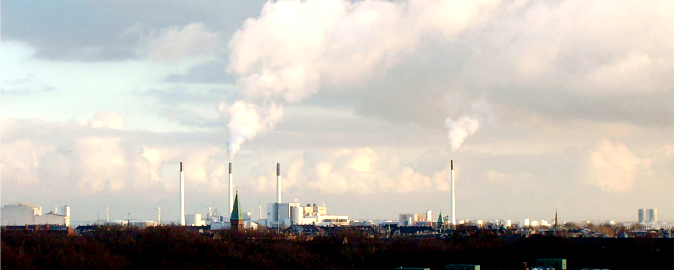| Danish name | Atmosfærisk modellering |
| Head of section | Ole Hertel |
| Section employees | See list |
| Physical location | AU Roskilde |
| Research keywords | Air pollution, atmospheric dispersion modeling, chemical transport models, decision support systems, environmental impact assessments, integrated model systems, OML, OSPM, DEHM, DREAM, THOR, EVA, AIRGIS. |
| Links | The department maintains a comprehensive set of web pages on air pollution. In particular, there is a subset on air pollution models. |

Research conducted in the section for Atmospheric Modelling (ATMO) is focused on the fundamental processes involved in atmospheric transport and chemical transformation of air pollution. The section develops and applies local to hemispheric scale air pollution models that integrate with environmental and health impacts, economic considerations and climate change.
The section develops and applies atmospheric models at all scales from urban streets, local and regional scales to the Northern Hemisphere, as well as integrated model systems, coupling atmospheric models with models for human health and environmental impacts, economic valuation, and climate change. This is carried out in a highly interdisciplinary environment with researchers from other fields, by coupling atmospheric models with effect models and models for the corresponding economic valuation. Furthermore, the section provides support for decision-makers in the form of impacts analyses for specific emission sources, such as the agricultural sector, industry, traffic, transport of air pollution to the Arctic, climate change and air pollution interaction, weather and air pollution forecasting and integrated monitoring.
The aim is to provide, within the area of air pollution modelling and integrated impact assessment modelling, the highest capability in Denmark in research, development, application, teaching, talent development, advisory activities and decision support.
The overall scientific questions driving the research in the section are:
To answer these overall questions, the research areas within the section include:
The atmospheric models developed and applied in the section, can be classified into three different groups:
You will find information on the scientific results of research and advisory work carried out by the section via the following links: